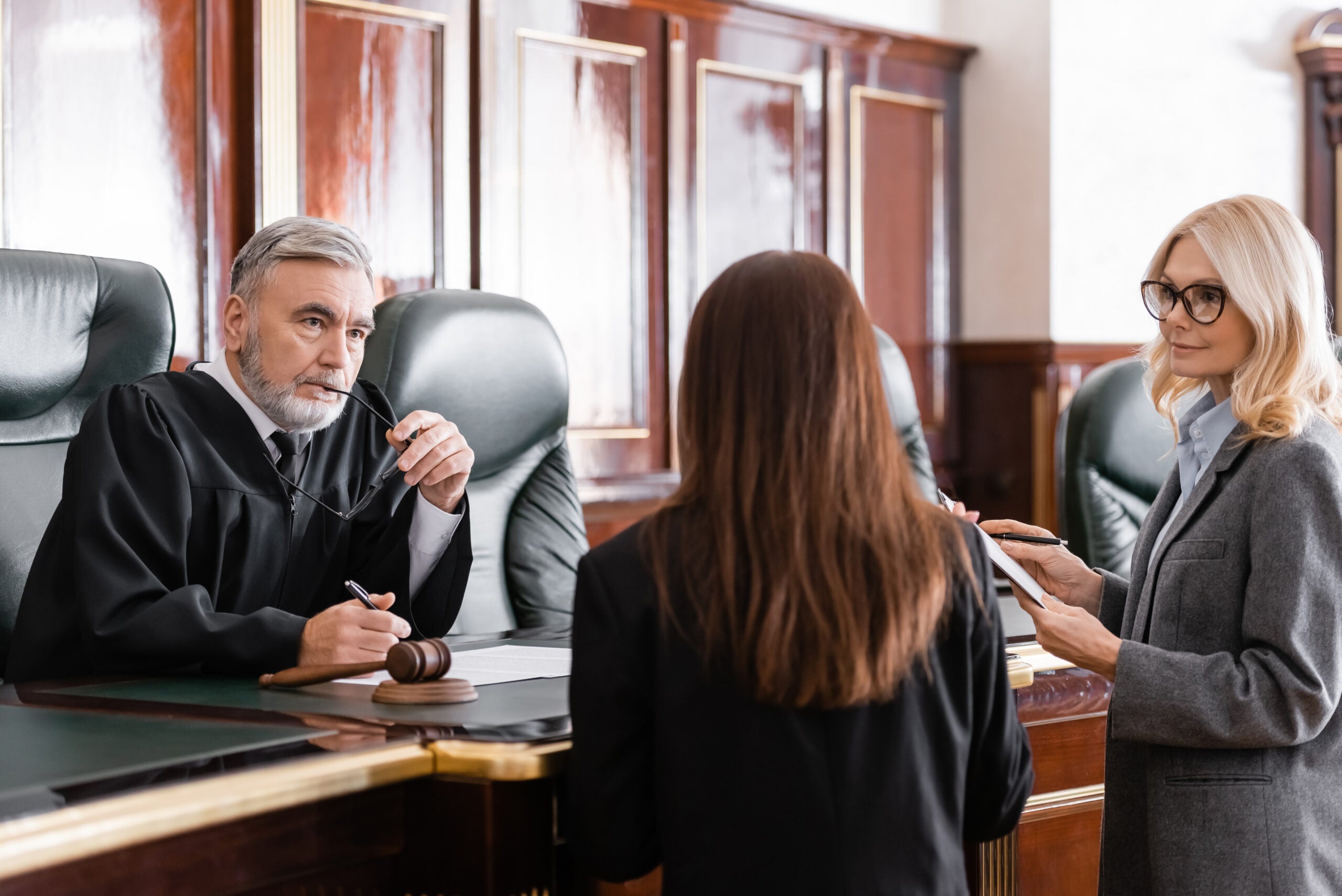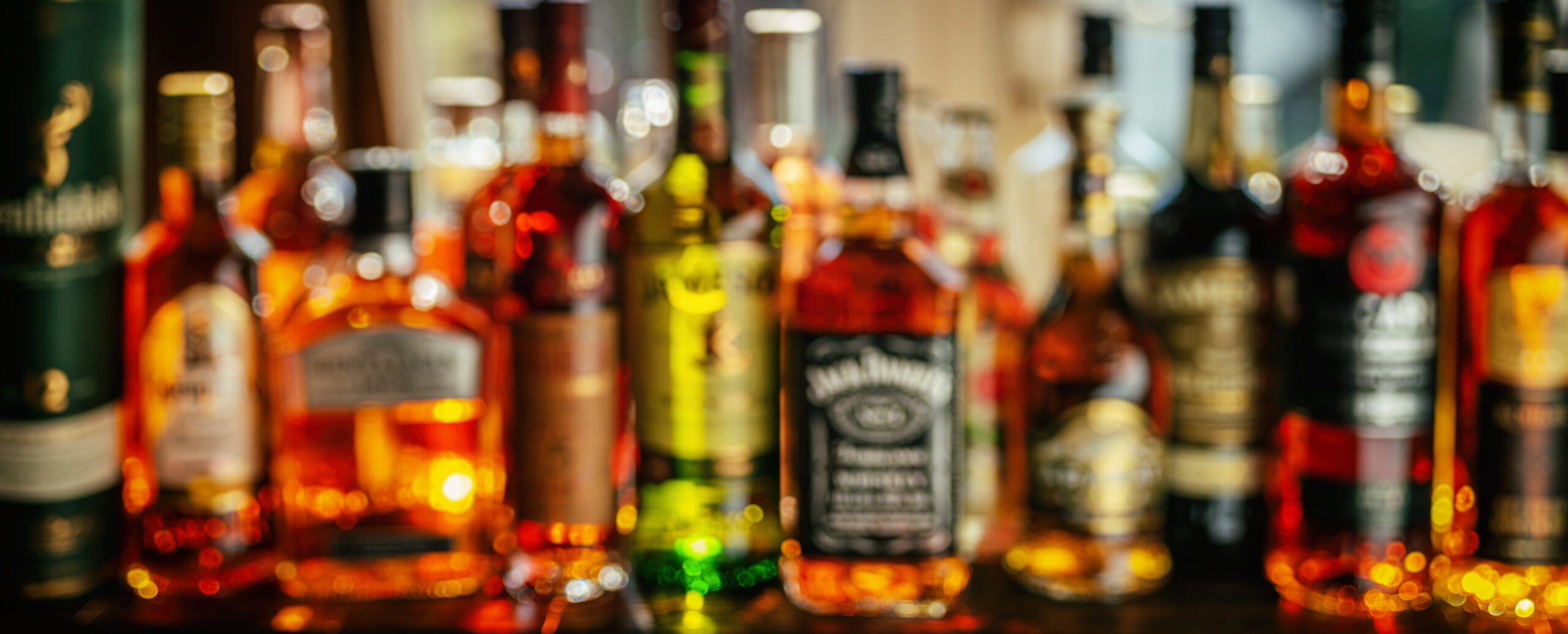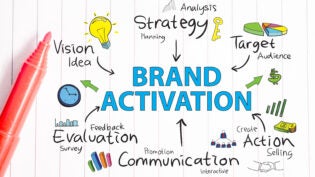
Dancing into the new year, it’s now time for our annual recap and look ahead, covering recent developments in trademark, copyright, media/entertainment, and branding law.
2023 started off with web 3.0 and the metaverse being all the rage. NFTs were leading the charge with the Hermès v. Rothschild opinion rendered just a few weeks later and previewed in our Bloomberg Law piece, Non-Fungible Tokens and Intellectual Property. As expected, the U.S. District Court for the Southern District of New York ruled in favor of commerce over art, finding that Defendant’s series of “MetaBirkins” NFTs constituted trademark infringement, dilution, and cybersquatting, falling clearly outside the scope of the First Amendment.
Meanwhile, by mid.-year, generative AI emerged as the next ‘big thing’, raising a host of interesting legal issues to be covered in detail in our forthcoming piece, entitled, AI vs. IP at the Intersection of Art and Commerce.
In a rare moment of congressional proactivity, the No Fakes Act was proposed late last year by a bipartisan group of senators for federalizing right of publicity law as a means for combating AI-generated deep fakes. If approved in its current form, rights holders will be granted a total of seventy years after the individual’s death to authorize use of image, voice or visual likeness within a digital replica.
Also last year, the D.C. District Court affirmed the Copyright Office’s decision that an AI-generated work is not eligible for copyright. In Thaler v. Perlmutter, et. al., the court opined, “human creativity is the sine qua non at the core of copyrightability, even as that human creativity is channeled through new tools or into new media.” Hence, per the court’s reasoning, with generative AI there is insufficient human creativity involved to qualify for copyright, unlike photography, for instance.
One recently-filed generative AI case to watch in 2024 pits the New York Times against co-defendant heavyweights Microsoft and OpenAI. As alleged in the complaint, Defendants were using copyrighted content without prior authorization or license to train AI models, which would then compete with Plaintiff’s original content, resulting in a loss of subscriptions, advertising, and other revenue. Defendants will likely mount an unsuccessful fair use defense though.
Further on the copyright front, Disney’s original Mickey Mouse will finally be slipping into the public domain as Congress failed to come to his rescue this time. In fact, the original Bambi and Winnie the Pooh stories each suffered a similar fate exactly two years ago, as noted in our prior piece, When Past Meets Future: The Year in Review/Preview. However, creatives should take note: these various copyright expirations are limited to just the 1920s-era renderings, and in some instances, written materials only. As for the visual representations, Disney also maintains a deep portfolio of various character logos and could potentially allege trademark infringement and/or dilution.
Finally, the Supreme Court ruled against the pioneering pop artist’s estate in Andy Warhol Foundation for the Visual Arts, Inc. v. Goldsmith, rejecting Warhol’s fair use defense for his adaptations of the copyright owner’s original photograph of the performing artist Prince. Whether this decision has far-reaching implications, especially in regard to AI, remains to be seen as the ruling may be limited to this specific fact pattern only.
As we opined in the Yahoo Entertainment piece, Big AI Implications Lurk in the Supreme Court’s Andy Warhol Verdict, “The court appears to be merely offering its own narrow interpretation of how a transformative work is to be defined within the confines of this particular case only. As such, copyright owners may feel encouraged to rely on today’s decision when bringing future actions, but it might not have much measurable effect beyond setting a basic threshold on the question of what could potentially qualify as transformative under a fair use defense.”
Regarding the Supreme Court, they should be issuing their next major IP ruling later this year in Vidal v. Elster. and just in time for election season, deciding whether TRUMP TOO SMALL as a slogan on shirts is protected speech under the First Amendment and eligible for Trademark Office approval.
Perhaps the Court will be citing its own reasoning from this past year in Jack Daniels Products v. VIP Products LLC. As predicted in our Bloomberg Law piece, Recent Trademark Parody Cases & 2023 Preview, Plaintiff prevailed as the parody defense was ultimately rejected with “Jack Spaniels” for novelty dog toys being considered disparaging while also infringing the venerable whiskey brand’s trademark.
Just last month the Second Circuit correctly relied on Jack Daniels as the basis for upholding a ruling by the Eastern District of New York in favor of a temporary restraining order and preliminary injunction against Defendant’s attempted trade dress parody for street fashion shoes in Vans, Inc. vs. MSCHF Prod. Studio, Inc.
Marking a particularly busy year for the Supreme Court relative to IP, it was a unanimous ruling in favor of Defendant in Abitron Austria GmbH v. Hetronic Int’l, Inc., a case focusing on the applicability of interterritorial trademark rights. In short, the Court decided that “use in commerce” is limited to what can be controlled by Congress, per federal trademark statute. Hence, said rights are to be restricted, and if brand owners are interested in expanding protection beyond the U.S., they are thus advised to seek trademark registration in other countries as well.
Now turning to trade regulation, since early last year, the Dept. of Justice has been taking on Google, alleging that the Internet behemoth’s technology dominates the marketplace while stifling competition and consumer choice in violation of antitrust statutes. Stay tuned as United States et al. v. Google LLC should be an epic battle, potentially re-shaping the online search landscape.
Regarding “Epic” battles, 2023 was particularly difficult for Google as just last month a jury found in favor of Epic Games, deciding that Google had maintained an unlawful monopoly through its Google Play Android app store in Epic Games, Inc. v. Google LLC. Meanwhile, attorneys general in all fifty states had settled a related dispute with Google just a few months prior. Since Epic Games had lost a similar suit with Apple back in 2021, as we had commented upon in the Yahoo Finance piece, Apple’s ‘incipient antitrust conduct’ cited as judge refuses to delay App Store changes, their recent success against Google is somewhat surprising. However, a key difference was Plaintiff’s request for a jury trial this time, potentially garnering sympathy as the perceived underdog.
Turning now to media/entertainment law and particularly apropos of dancing into the new year, choreographic copyright issues were at stake in Hanagami v. Epic Games, Inc. With the video game developer on the defensive this time, Plaintiff claimed that his original choreography was being used without authorization in Epic’s Fortnite. On appeal, the Ninth Circuit reversed and remanded the lower court’s ruling in favor of Defendant. But the ultimate decision should be forthcoming later this year and certainly in more than a fortnight.
Finally, the Marvin Gaye estate was denied a second win as the U.S. District Court for the Southern District of New York decided in favor of songwriter Ed Sheeran. Unlike the previous ruling for Plaintiff, where “Blurred Lines” was deemed to be an infringement of “Got to Give it Up”, this time, in Griffin v. Sheeran, a jury found there to be a lack of substantial similarity between the musical compositions “Thinking Out Loud” and “Let’s Get it On”. Significantly, this holding seems to suggest a further shift toward the defendants in such cases, following the “Stairway to Heaven” verdict, as predicted in our previous piece, 2020 Vision: Counting Down the Top Intellectual Property, Entertainment And Branding Law Decisions From This Past Year.
Appropriately enough, we’ll now conclude this year’s forecast and recap with a quote popularized by the Motown legend himself and originally attributed to none other than Abraham Lincoln: “The best way to predict the future is to create it.”
And on that inspirational note, here’s to a highly-creative and ultra-innovative 2024 for us all!
1662 Views













